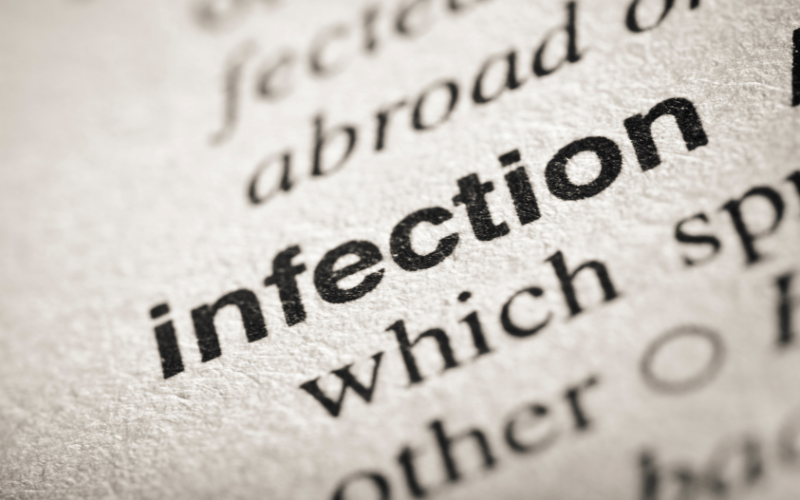2. Bile Duct Infections and Gallstone Formation

Bile duct infections are a less commonly discussed yet significant factor in the formation of gallstones. These infections can lead to inflammation in the bile ducts, disrupting the normal flow of bile and promoting the formation of gallstones. Various types of bacteria, such as Escherichia coli, Klebsiella, and Enterococcus, are often responsible for these infections. They can change the composition of bile, making it more conducive to gallstone formation.
Symptoms of bile duct infections can include abdominal pain, fever, and jaundice. However, these symptoms may not always be present, making the diagnosis of such infections challenging. Imaging tests and blood tests are critical in identifying these infections and understanding their role in gallstone formation.
Treatment of bile duct infections generally involves antibiotics and may require procedures to remove obstructions in the bile ducts. Preventive measures include maintaining good gastrointestinal health and being cautious with medical procedures that involve the bile ducts.
Addressing the potential for bile duct infections is an important but often overlooked aspect of gallstone prevention. By understanding the link between these infections and gallstone formation, individuals can take proactive steps to manage their risk. (2)